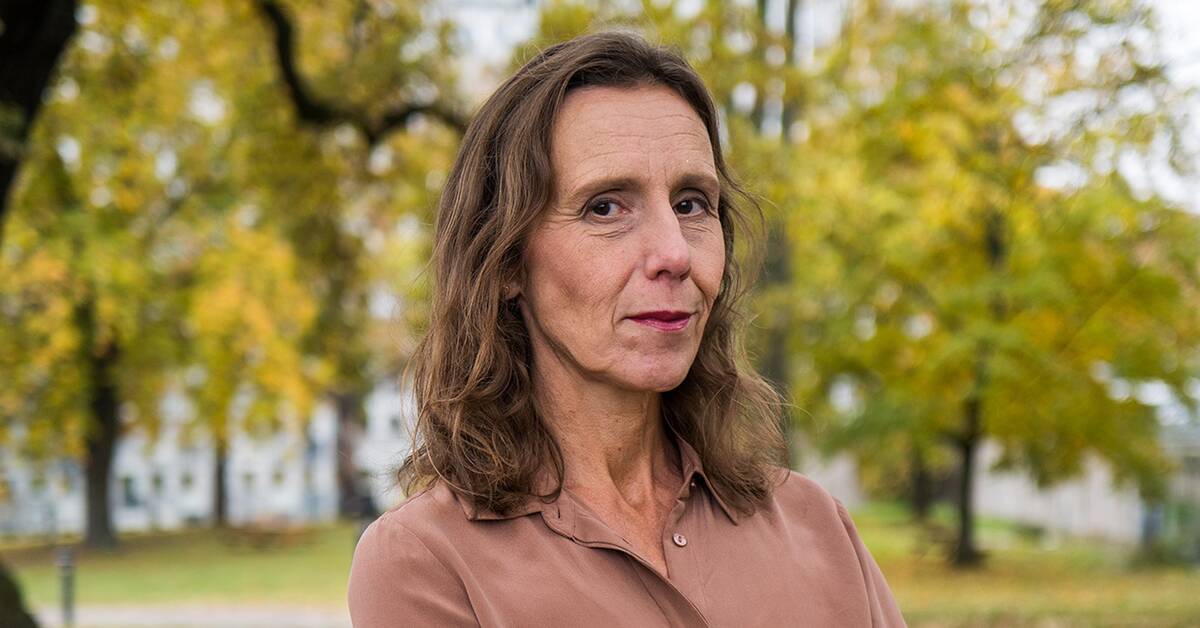SAS was started as the suit men's airline.
Marcus Wallenberg pushed on and got the Swedish, Danish and Norwegian states involved in the scheme: Fly Swedish large company leaders out into the world via Copenhagen.
Hairline.
Of the Swedish directors' business travelers, it became a world-leading export company.
Kastrup became Denmark's largest workplace.
But SAS's own suit has become increasingly ill-fitting over the decades, especially since the early 1990s (although Marcus Wallenberg apparently demanded more money from the state for a crisis-ridden SAS as early as 1961, see video).
Iraq war, 9-11 and global financial crisis have caused the passenger lane to thin out and revenues to fall.
The aviation industry has been deregulated and competition has intensified.
From businessmen to leisure travelers
With recurring billion contributions from the owners, including the Swedish state, it has still rolled on.
Business travelers have been the reliable backbone of the business.
They travel often, their employers pay more for the tickets than private individuals do, they like to collect bonus points and hang out in SAS lounges at the airport.
But now everything has changed.
Business travelers hang on to Teams and Zoom instead.
And SAS has lost hope that they will ever return, judging by the information today.
The leisure travelers, who used to be a handy complement and could fill up the plan to the last seat when the business travelers were not really enough, have now become the business model itself.
SAS estimates that upwards of 80 percent of the passengers will be leisure travelers in the future.
Flight popular summer
This summer, there will be 500 flights a week between Scandinavia and southern Europe.
This is more than ever before in SAS's history.
But leisure travelers are price sensitive.
They travel in the summer and on weekends.
Even though leisure travel and competition from new players have gradually increased throughout the 2000s, the changes in connection with the pandemic mean a shock.
The pandemic hit hard
SAS lost SEK 15 billion during the first two years of the pandemic.
In the autumn of 2020, the company received SEK 12 billion in new capital, of which SEK 3 billion from the Swedish state.
But still, it is apparently needed more soon.
Today's reported loss last quarter was 2.6 billion.
It's not quite as bad as it sounds: currency changes account for more than half of the loss.
But the cash has shrunk to 3.4 billion and the equity ratio to a paltry 7 percent.
The SAS management announced today that it has begun talks with the owners, which probably means the Swedish and Danish states plus the Wallenberg Foundations, about new capital injections.
What is the plan?
At the same time, efforts to cut costs are doubling, from four billion to 7.5 billion on an annual basis.
Of this, 2.3 billion will be saved through the heavily criticized reorganization of staffing with new separate companies.
There is already almost full war between some of the unions and the management.
It is difficult to see that it would be easier to agree when the cuts are now tightened.
But the plan from the management seems to be to put pressure on both unions and owners by describing the seriousness of the crisis and pressing that both staff and owners must stand up.
But the question is how bad the SAS suit is now.
And if it can even be re-sewn, when the travelers you fight about travel with a Bermuda shirt and swimming shorts in their luggage.
The question is also why the Wallenberg Foundations, whose money should actually go to research, should invest in tourist flights to Spain.
And why the Swedish state should do it.

